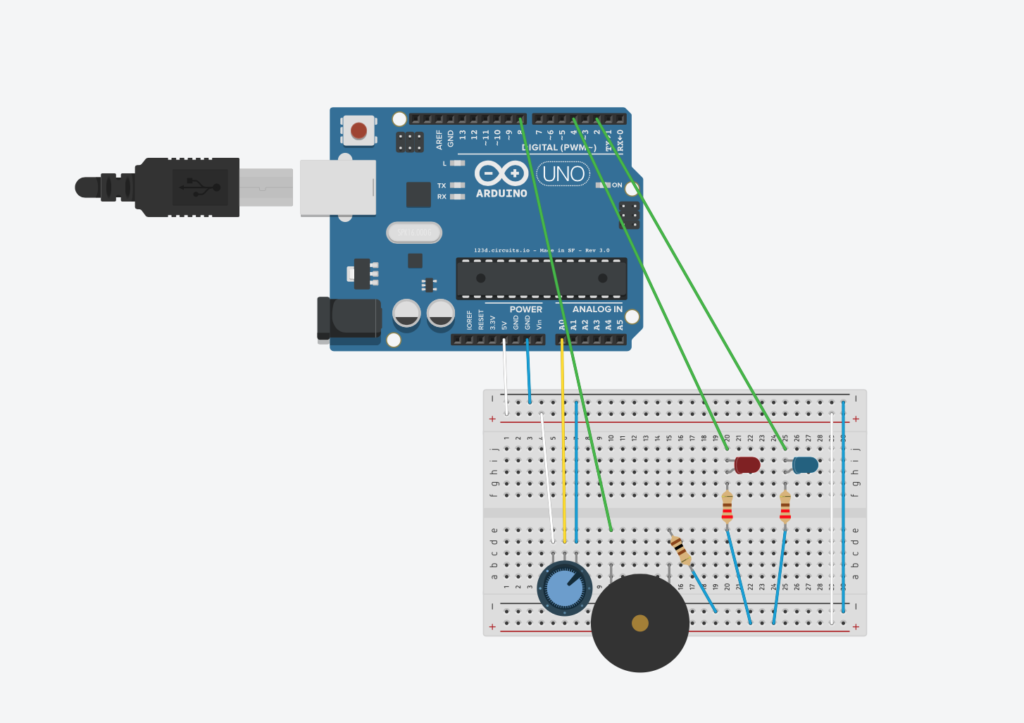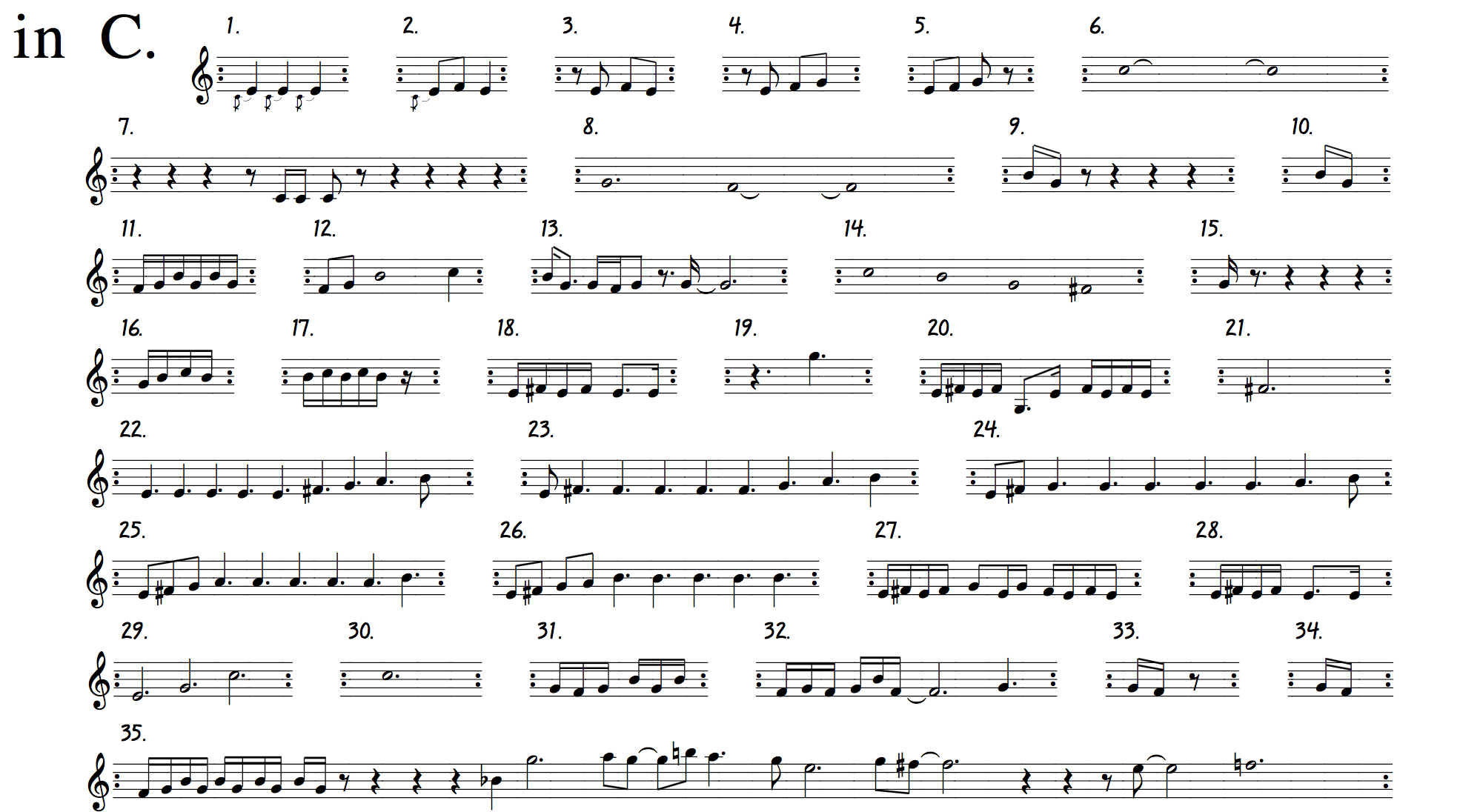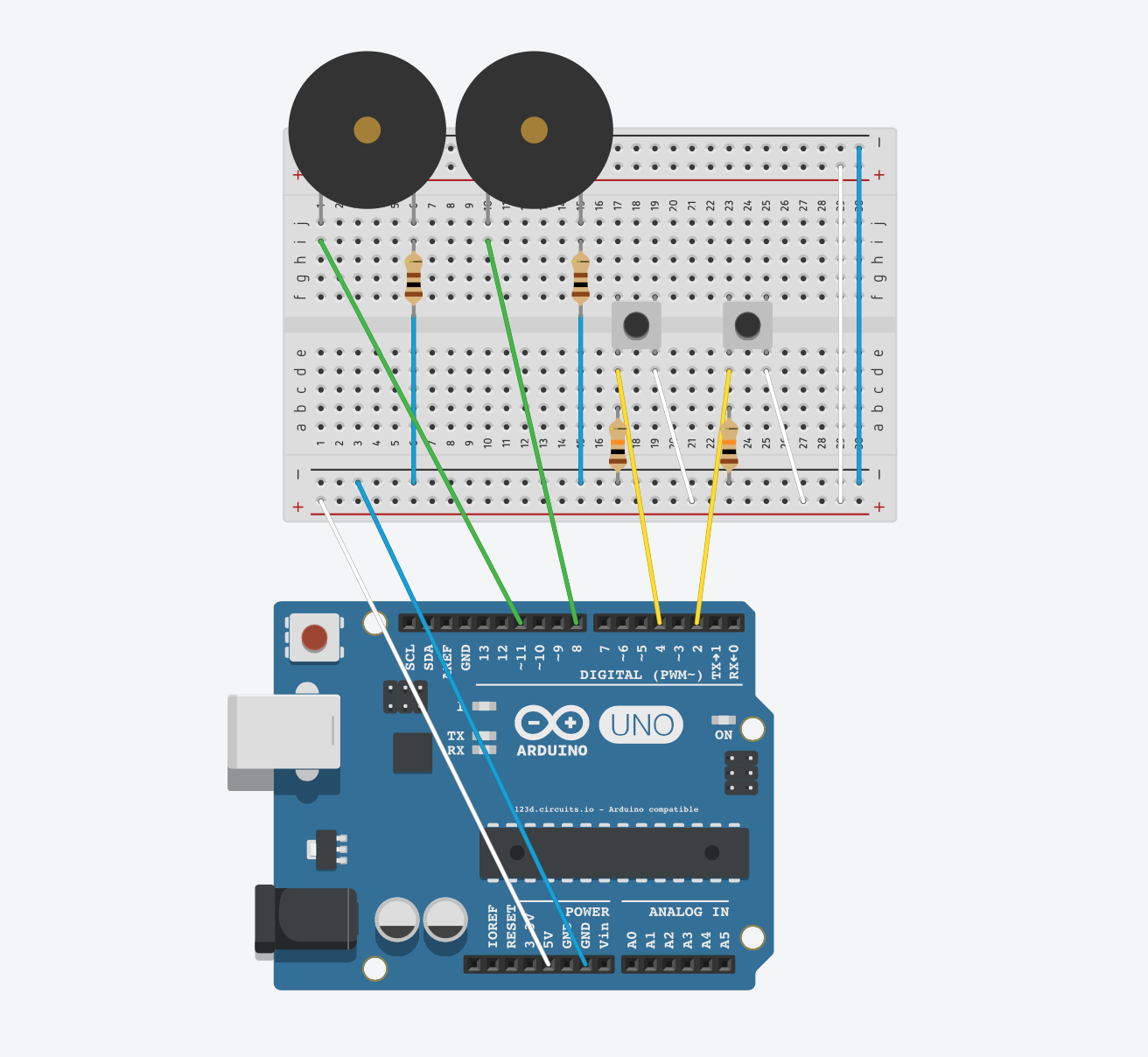We recently learned how to transmit signals using serial communications from an Arduino to the browser and produce an “outcome” with P5.js. Physical interactions, such as turning a potentiometer or pressing a switch, resulted in signals being passed from the Arduino using Serial.print().
As a prototype to explore this functionality, my partner, Bryan, and I built a rain simulator that was controlled with a force sensor. More force produced more rain drops. (link to code)
An early iteration of the code used three bands of values from the force sensor to trigger varying amounts of rain. A sensor reading between 0 to 300 created a light drizzle, 301 to 800 created a moderate rainfall, and 800 to 1023 resulted in a monsoon. However, we wanted a more nuanced gradient of falling raindrops. By using a “greater than” condition for the modulo operation was able to produce the desired effect.
Interacting with the computer using a device other than the traditional mouse, trackpad, or keyboard was thrilling. Using an unexpected mechanism can inspire interactions originally overlooked or not considered. After building the rain-maker, I’ve been considering what other mechanisms I could use to control a game and how unexpected sensors may challenge a user’s preconception of a familiar game. For example, what if:
- interacting with a photo resister moved the paddle for pong?
- two force sensors controlled left-to-right movement and up-and-down movement respectively?
- a potentiometer was used to control an object balancing on something else?


